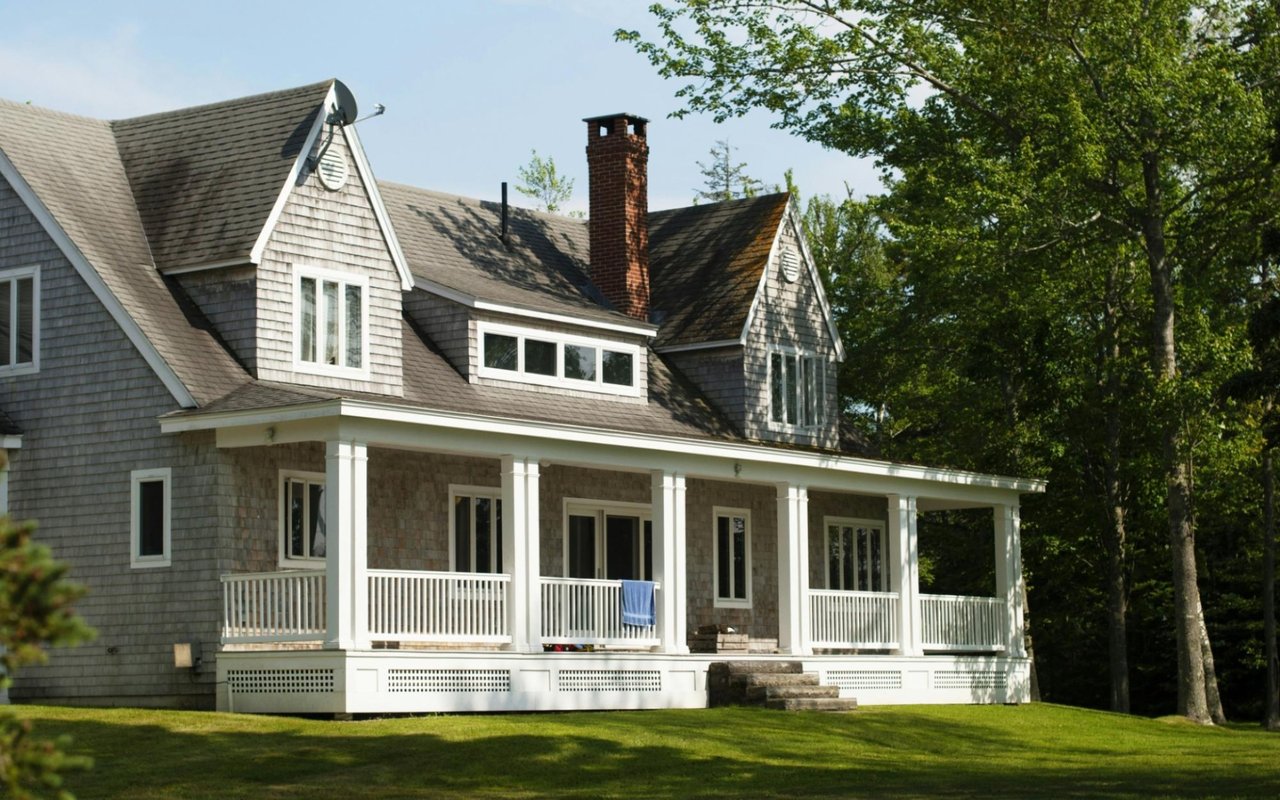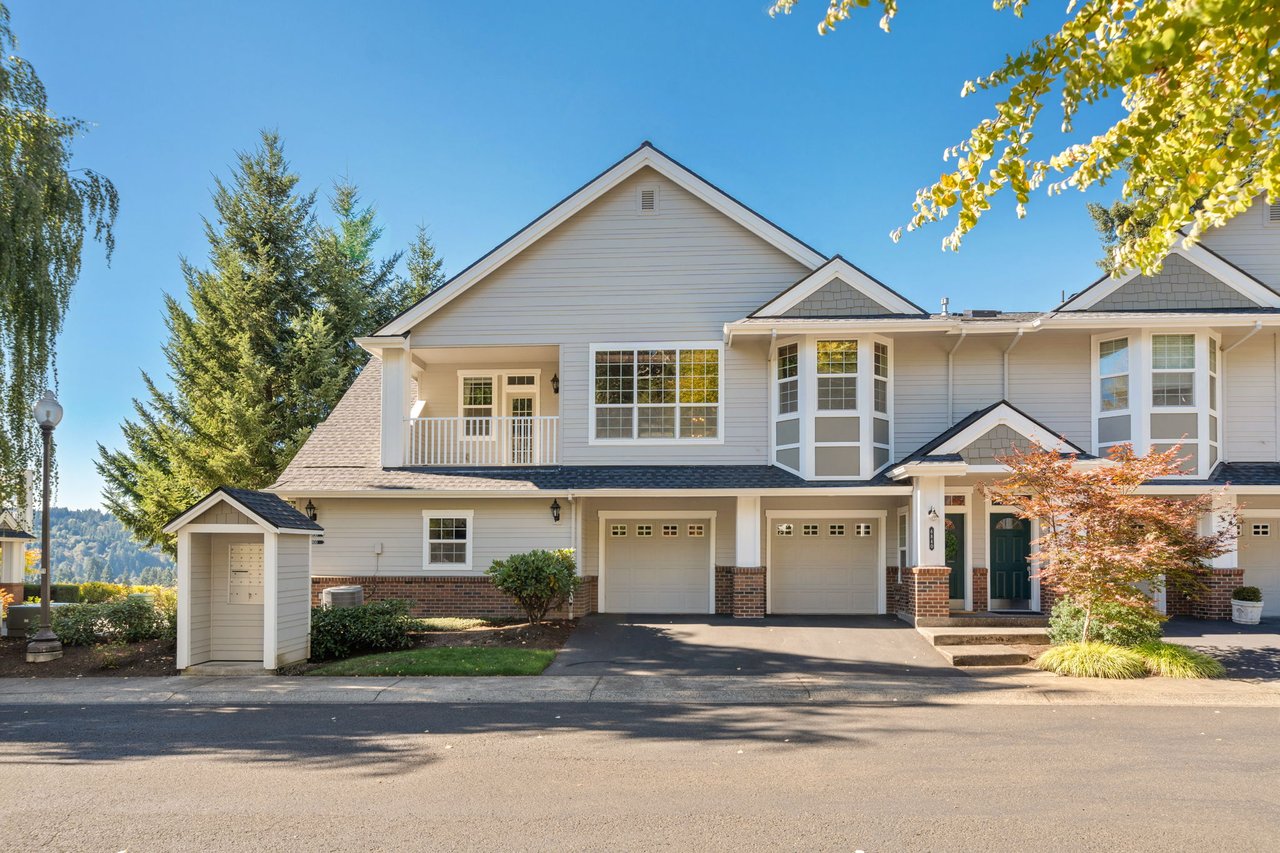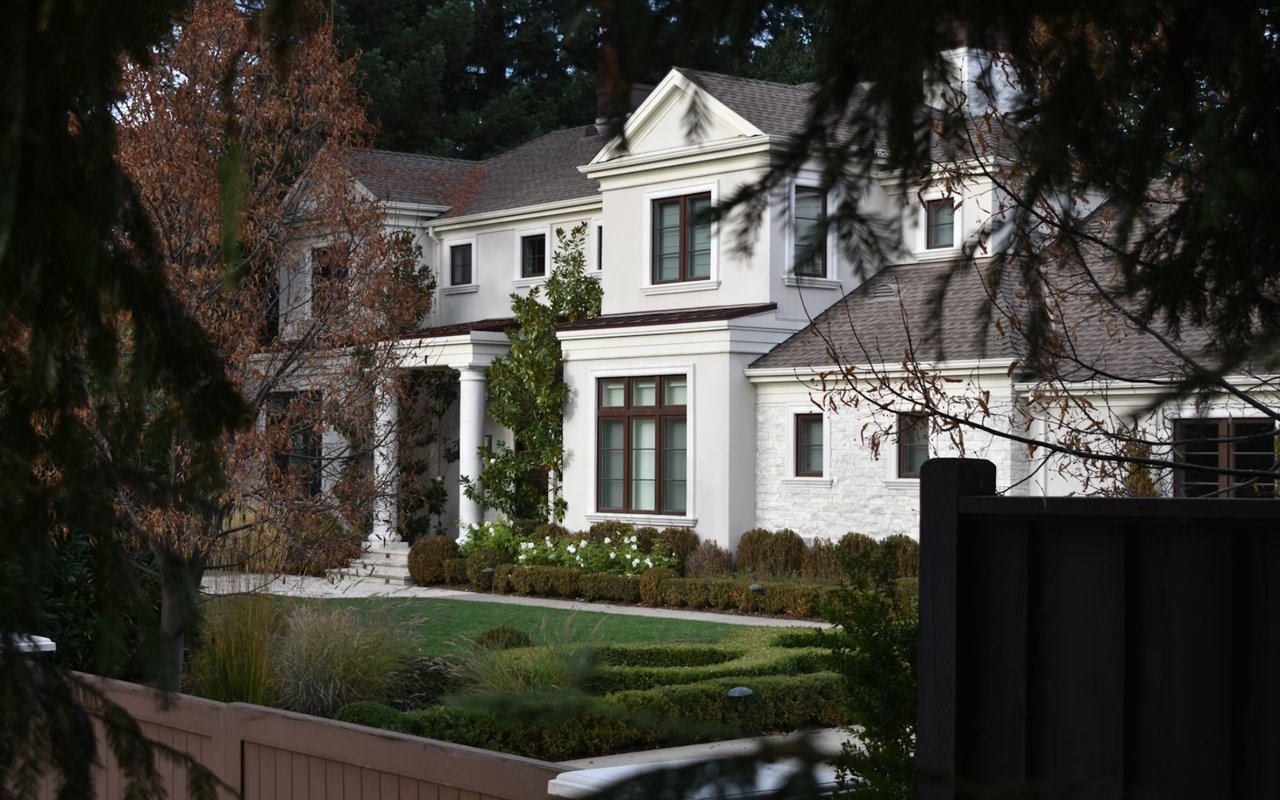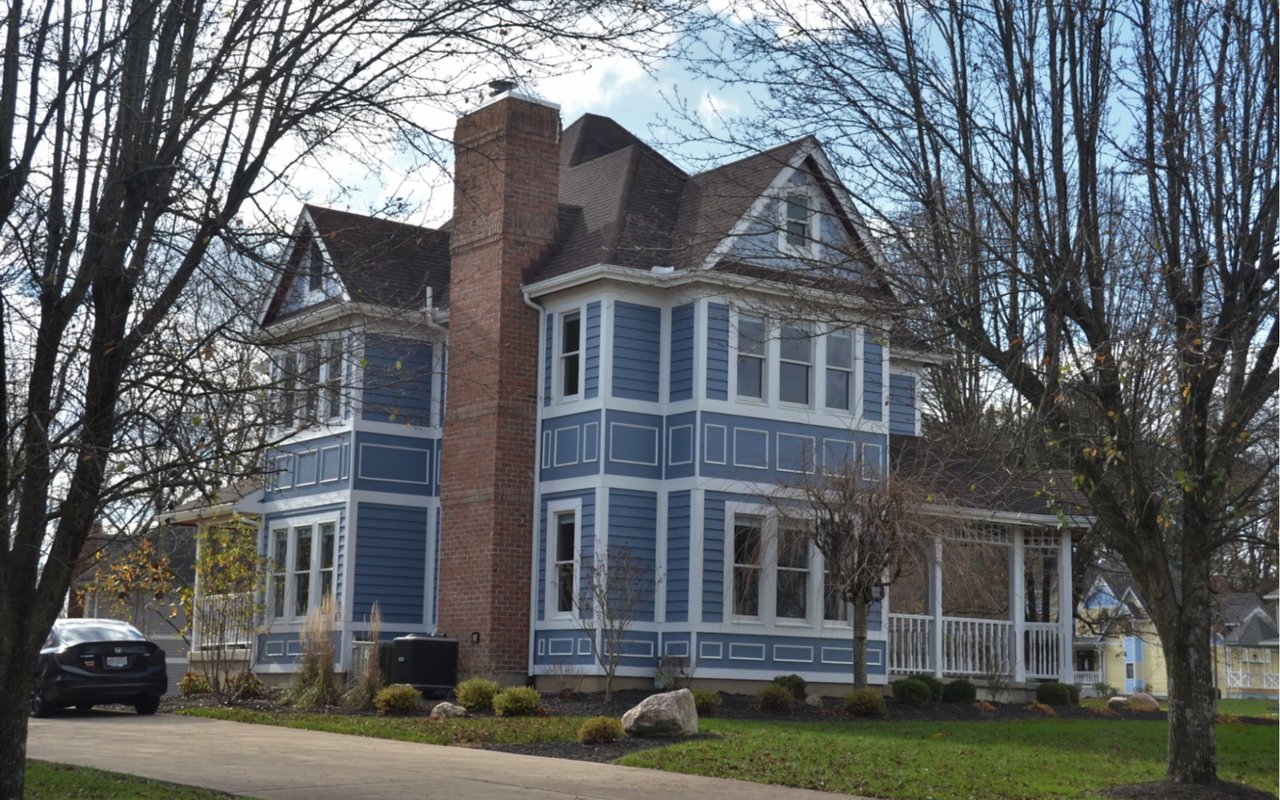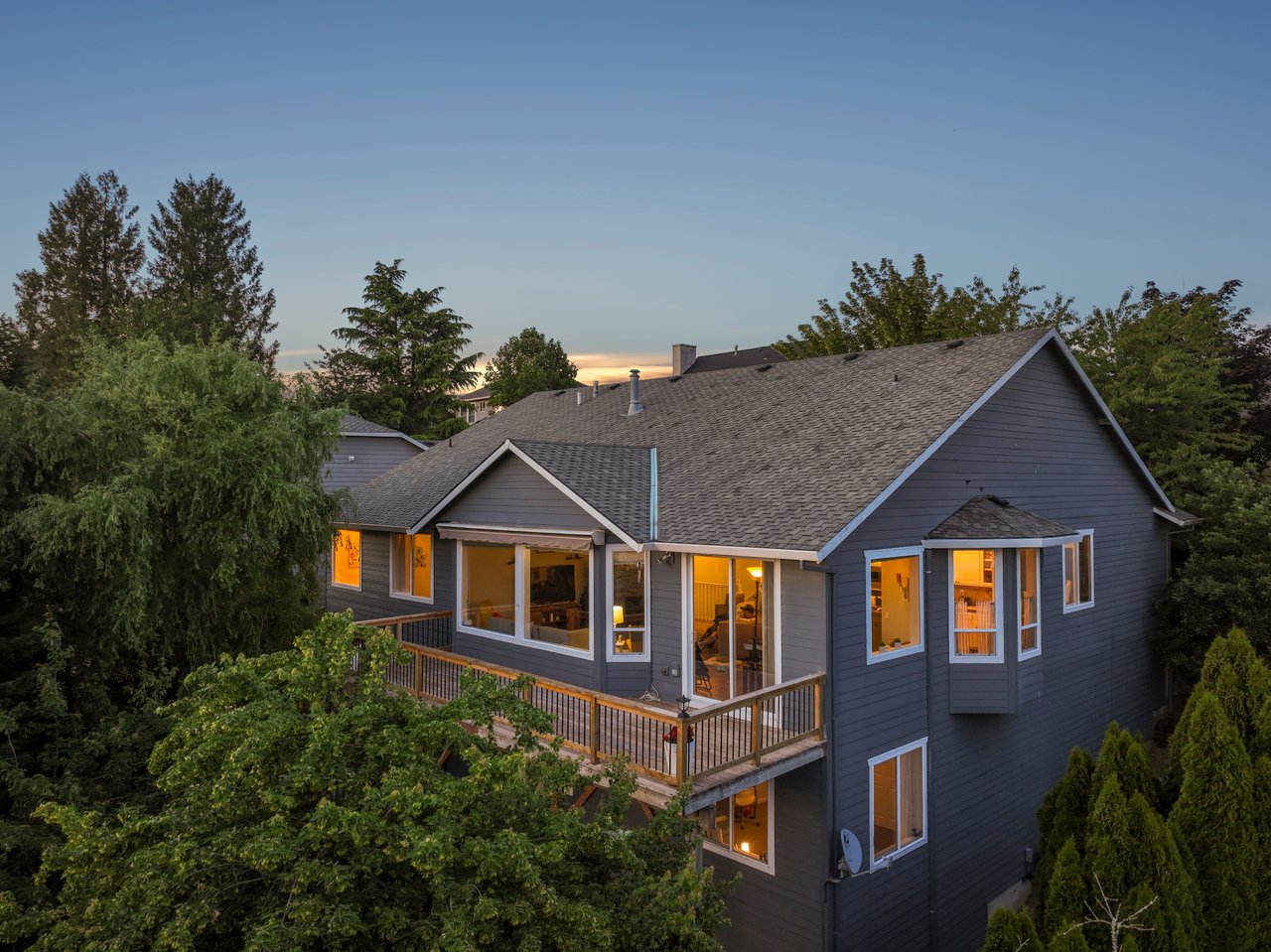When it comes to buying a home, the age of the property can have a significant impact on its market value. In Oregon, where the real estate market spans from modern urban developments to charming historic neighborhoods, understanding how home age influences pricing is crucial for both buyers and sellers. Whether you're drawn to the timeless charm of an older home or the sleek, energy-efficient features of a new build, knowing how age affects market value can help you make more informed decisions in your real estate journey.
The Impact of Home Age on Market Value
Home age is a key indicator of a property’s construction quality, aesthetic appeal, and potential maintenance costs. Older homes often boast unique designs and are frequently located in well-established, desirable neighborhoods, attracting buyers who value character and history. However, they may require more repairs and updates to keep them functional and safe, which could influence their market price.
On the other hand, newer homes are typically equipped with modern amenities, energy-efficient systems, and contemporary designs, making them attractive to those who seek a move-in-ready property with fewer immediate maintenance concerns.
Renovations and Upgrades: Bridging the Age Gap
Strategic renovations and upgrades can significantly boost the market value of older homes. Renovating kitchens and bathrooms, replacing outdated plumbing or electrical systems, and modernizing interiors can make an older property more competitive with newer homes. Such upgrades can also make a home more functional and energy-efficient, which are crucial selling points for today’s buyers. Renovations not only improve a home’s appeal but also its long-term investment potential, allowing older homes to bridge the gap in value that often exists between them and newer properties.
Market Trends and Buyer Preferences
Market trends and changing buyer preferences heavily influence how home age affects market value. Younger buyers often gravitate toward newer homes, appreciating the energy-efficient features, smart home technology, and contemporary designs. These buyers value the convenience and low maintenance that come with new builds. However, older homes still hold strong appeal, especially for buyers who are attracted to their character, craftsmanship, and unique features.
Some buyers, particularly those with an interest in home renovation or historical preservation, are specifically looking for older homes to restore and personalize. These varied buyer preferences must be taken into account when assessing the market value of homes based on their age.
The Role of Home Inspections in Determining Value
A home inspection is one of the most important factors in determining a property’s value, particularly for older homes. Older homes may have hidden issues such as foundation problems, outdated electrical systems, or roof damage, all of which can influence their market value.
Newer homes are generally subject to more recent building codes and inspections, but they can still have issues such as defects from the builder or undisclosed warranty problems. A professional home inspection provides an objective evaluation of the home’s condition, allowing buyers and sellers to adjust their expectations and negotiate appropriately based on the findings.
Curb Appeal and Landscaping: The Influence of Home Age on First Impressions
Curb appeal is one of the first things a buyer notices when considering a home, and it can significantly impact a property’s market value. A home’s age plays a role in its exterior aesthetics and landscaping, which can either increase or decrease appeal. Older homes often feature mature landscaping, including trees, shrubs, and gardens that have grown over time, which can add charm and character to the property.
However, outdated or neglected exterior features can deter potential buyers, especially if the landscaping has become overgrown or the home’s exterior needs repairs. Newer homes may have a more contemporary look, with clean lines and minimalistic
designs, but they may lack the established landscaping that adds warmth and character to older properties. Ensuring that the landscaping complements the home’s age and architecture is key to maximizing curb appeal and boosting market value.
Maintenance History: How Well Has the Home Been Cared For?
Whether a home is old or new, its maintenance history will play a significant role in determining its market value. A well-maintained older home can fetch a higher price than a newer home that has been neglected. Homebuyers often consider the property’s overall upkeep, including the roof’s condition, plumbing, foundation, and electrical systems.
For older homes, it is essential to maintain these systems and ensure that repairs are made promptly to avoid long-term damage. Buyers tend to shy away from properties that appear to have been poorly maintained, regardless of the home’s age. A solid maintenance history can increase a home’s appeal, regardless of whether it is a 100-year-old classic or a recently constructed build.
Ready to Find Your Perfect Home?
The relationship between home age and market value in
Oregon is influenced by a variety of factors, including the property’s construction quality, location, and how well it has been maintained or updated. Whether you’re seeking a charming vintage home or a sleek new build, contact the
Monaghan Real Estate Group today and take the first step toward making your dream home a reality.
